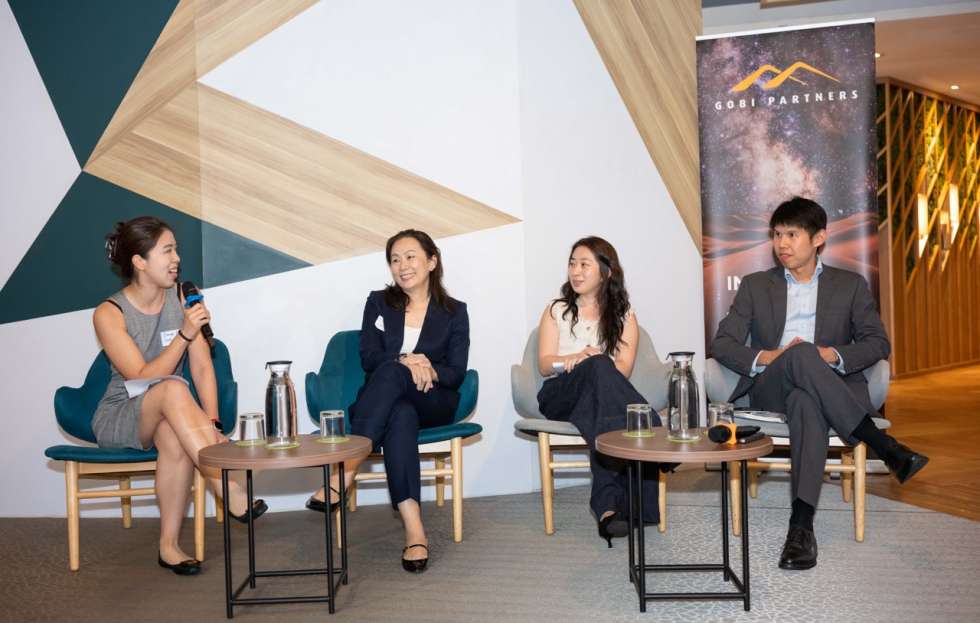Linnovate Partners recently showcased its expertise at the CVCFO VC/PE CFO Conference in Kuala Lumpur, an event organized by the China Venture Capital Finance Organization (CVCFO). This conference brought together chief financial officers and key financial operators from the private equity and venture capital sectors to discuss pressing industry challenges and innovations.
Cynthia Chen, Associate Director of Alternative Fund Services at Linnovate Partners, participated in an expert panel discussion on Fund Formation and Fund Administration. She joined representatives from Gobi Partners, Insights Law, and Cheang & Ariff to explore the private equity and venture capital landscape in the ASEAN market, particularly in Malaysia and Singapore. The panel addressed crucial topics covering fund structuring, market standards, regulatory compliance, and fund administration.
Cynthia offered strategic insights for fund managers considering whether to build an in-house operations team or partner with a specialist firm, weighing factors such as cost-efficiency, control, compliance, technology, and scalability. She also identified key bottlenecks in fund administration, such as data reporting, portfolio monitoring, investor servicing, and the complexities of maintaining compliance, highlighting the importance of adopting modern standards, including technology automation to address these challenges
Finally, bringing a tech-forward perspective, Cynthia highlighted critical considerations for firms eager to embrace innovation, particularly through AI. She pointed out that the effectiveness of AI relies heavily on data quality; messy or siloed data can jeopardize automation efforts. Human oversight remains essential, as these technologies should enhance the expertise of skilled teams rather than replace them. Given the sensitivity of fund data, Cynthia stressed the importance of security and compliance, emphasizing that any AI solutions must meet strict data privacy standards. Furthermore, she noted that successful technology adoption isn’t merely about implementation; it requires thorough training, adjusted workflows, and aligned expectations within teams to truly maximize the potential of these new tools.





